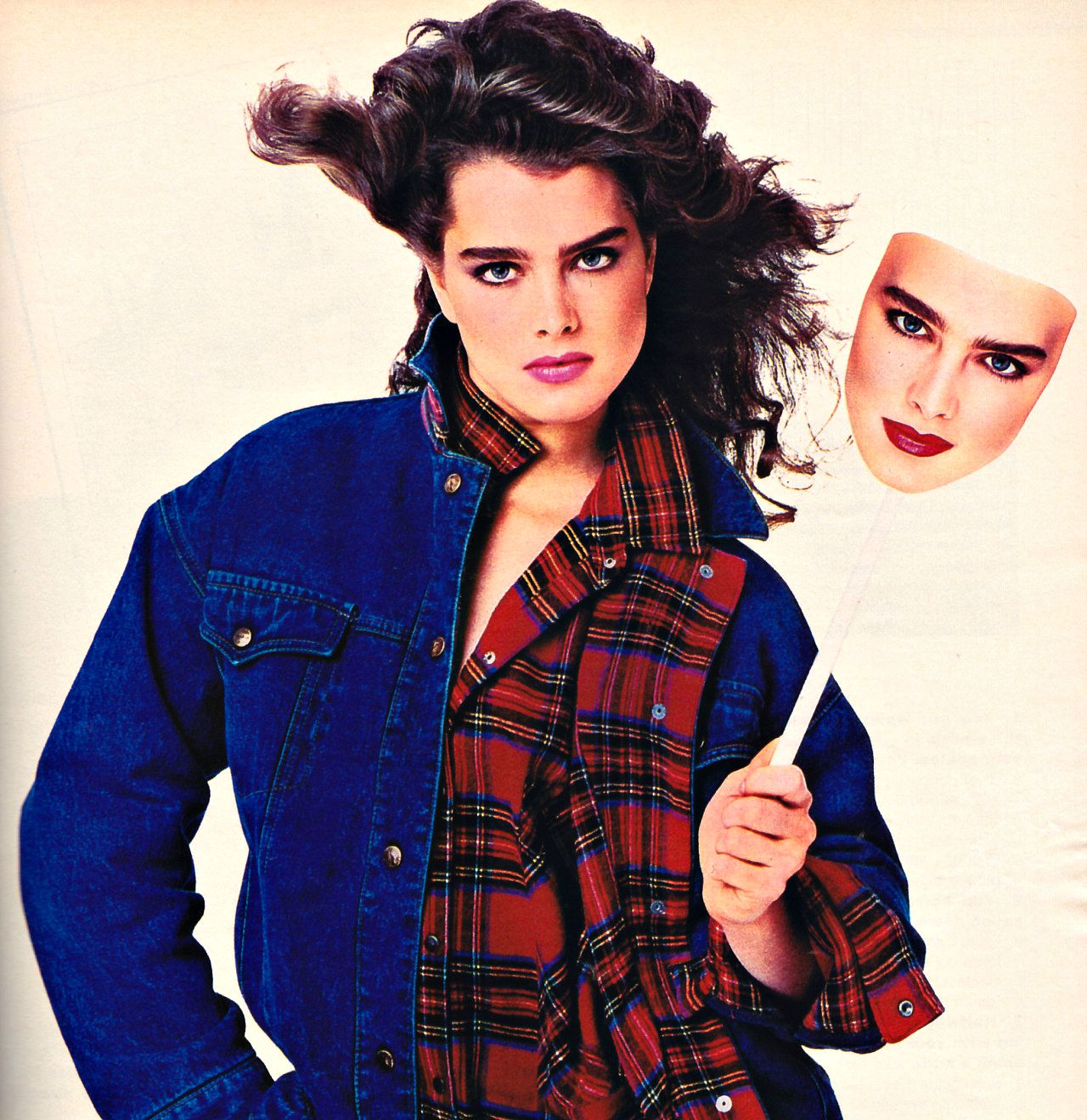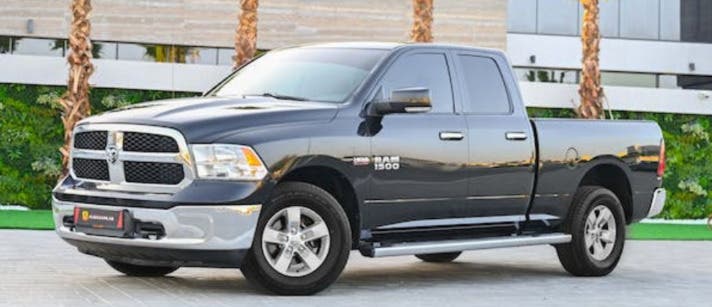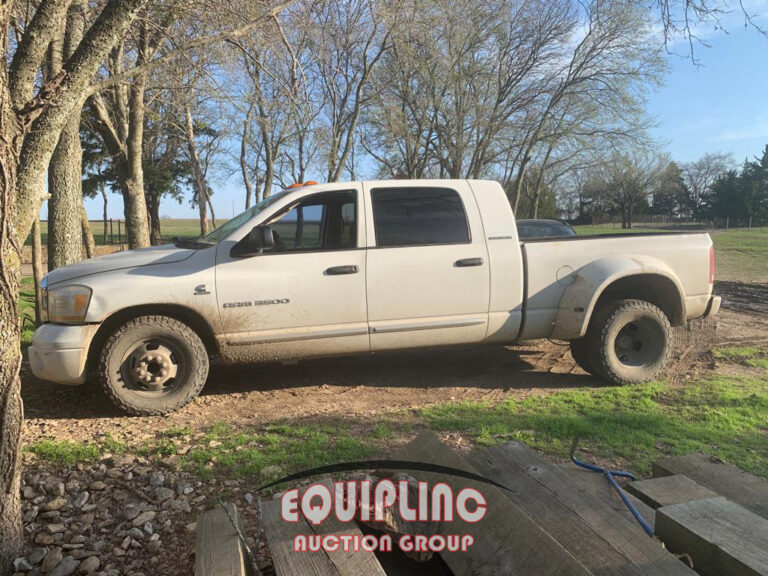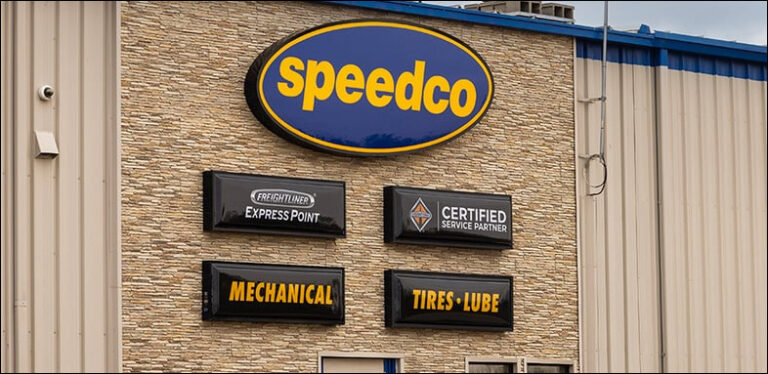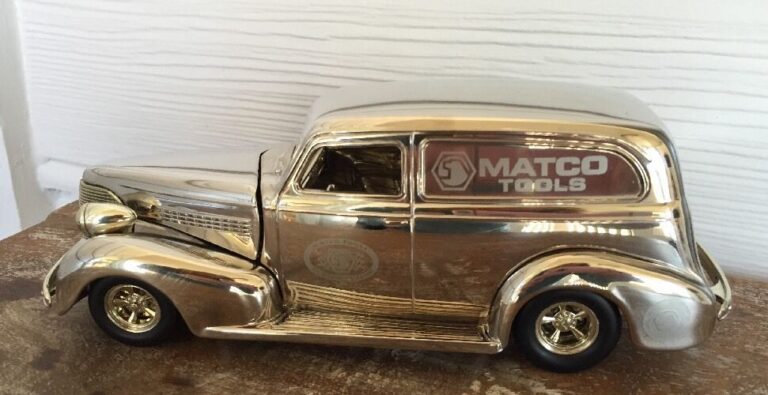1980s Chevy 4×4 Trucks For Sale: Your Ultimate Buyer’s Guide
1980s Chevy 4×4 Trucks For Sale: Your Ultimate Buyer’s Guide cars.truckstrend.com
The roar of a V8, the iconic "square body" silhouette, and the unmistakable sense of American ruggedness – for many, the 1980s Chevy 4×4 truck embodies a golden era of automotive design and capability. More than just a vehicle, these trucks represent a blend of nostalgia, raw utility, and timeless style that continues to captivate enthusiasts and practical users alike. If you’re looking to purchase a piece of this automotive history, whether for off-road adventures, a restoration project, or a unique daily driver, this comprehensive guide will walk you through everything you need to know about 1980s Chevy 4×4 trucks for sale.
The Enduring Appeal of the Square Body Era
1980s Chevy 4×4 Trucks For Sale: Your Ultimate Buyer’s Guide
The 1980s, specifically the C/K series (often referred to as the "square body" generation, despite its introduction in 1973), marked a significant period for Chevrolet trucks. These were workhorses, built with simplicity and durability in mind, yet they also possessed a distinctive aesthetic that has only grown in popularity over time. Their straightforward mechanical design, robust frames, and readily available parts make them incredibly appealing to those who appreciate a vehicle that can be understood, maintained, and customized without a computer science degree.
The relevance of these trucks today extends beyond mere nostalgia. They offer a tangible connection to a past where vehicles were built to last, often outliving their original owners. For off-roaders, their solid axles and strong drivelines provide a formidable platform. For collectors, their increasing value makes them a savvy investment. And for anyone who simply appreciates a classic, the presence and character of an 80s Chevy 4×4 are undeniable.
Key Models and Their Distinctive Appeal
During the 1980s, Chevrolet offered a range of 4×4 trucks that have become highly sought after. Understanding the different models is crucial when embarking on your search.
K5 Blazer
Perhaps the most iconic of the bunch, the K5 Blazer is a full-size SUV known for its removable fiberglass top (up until 1991, though the 80s models are particularly popular). It combined the utility of a truck with the passenger capacity and enclosed comfort of an SUV, making it incredibly versatile. K5 Blazers are highly desirable for their classic looks, off-road prowess, and the sheer coolness factor of a top-off cruising experience.
K10/K20/K30 Pickups
The backbone of the Chevy truck lineup, these 4×4 pickups were available in various configurations:

- K10: The half-ton (1/2-ton) model, most commonly found as a short-bed regular cab, which is highly prized for its sportier appearance and maneuverability. Long-bed K10s are also common.
- K20: The three-quarter-ton (3/4-ton) model, designed for heavier loads and towing. These often feature larger axles (like the 14-bolt rear) and more robust suspension.
- K30: The one-ton (1-ton) model, a true heavy-duty workhorse, often found with dual rear wheels (duallies) and capable of handling substantial payloads.

All these pickups shared the same rugged chassis and powertrain options, offering reliability and straightforward mechanics.
Suburban
The original full-size SUV, the 1980s Suburban 4×4 offers immense passenger and cargo capacity, often seating up to nine people. Like its pickup counterparts, it shares the same robust underpinnings, making it a capable off-roader and an excellent choice for large families or those needing serious hauling space. Suburbans are less commonly restored to show quality but make fantastic overlanding rigs or classic family haulers.
Why Buy an 80s Chevy 4×4 Today?
The appeal of these vintage trucks extends far beyond their looks. There are several compelling reasons why an 80s Chevy 4×4 might be the perfect vehicle for you:

- Nostalgia and Classic Appeal: For many, these trucks evoke memories of simpler times, embodying a rugged, all-American spirit. Their distinct "square body" lines are instantly recognizable and eternally cool.
- Mechanical Simplicity: Unlike modern vehicles laden with complex electronics, 80s Chevys are mechanically straightforward. This makes them easier and cheaper to maintain, diagnose, and repair for the average enthusiast or DIY mechanic.
- Customization Potential: The aftermarket support for square body trucks is enormous. From lift kits and engine swaps to interior upgrades and body panel replacements, you can truly make one of these trucks your own.
- Investment Potential: Well-maintained and restored examples of 80s Chevy 4x4s, especially K5 Blazers and short-bed K10s, have seen a steady increase in value over the past decade. Buying a good example now could be a wise financial decision.
- Off-Road Capability: With solid axles, robust frames, and a range of powerful V8 engines, these trucks are inherently capable off-road machines, ready to tackle trails with minimal modification.
- Durability: Built to last, these trucks were designed with heavy-duty use in mind. Their strong components often outlast much newer vehicles.
What to Look For When Buying: A Thorough Inspection Guide
Purchasing a vintage vehicle requires a keen eye and a methodical approach. Here’s a detailed checklist of what to scrutinize when inspecting an 80s Chevy 4×4 for sale:
1. Rust: The Ultimate Enemy
Rust is the number one killer of square body trucks. Inspect these common problem areas thoroughly:
- Cab Corners and Rocker Panels: These are notorious rust traps. Check for bubbling paint or holes.
- Floorboards: Especially under the carpet, check for soft spots or patch panels.
- Fenders and Wheel Wells: Look for rust around the tire openings and inner fenders.
- Bed: Check the bed floor, bed sides, and especially the bed mounts where it attaches to the frame.
- Frame: Inspect the entire frame for excessive surface rust, but more importantly, for rot, cracks, or signs of previous repairs. Pay attention to body mounts and suspension mounting points.
- Door Bottoms and Tailgate: These areas often collect moisture and rust from the inside out.
2. Engine and Drivetrain
These trucks primarily came with V8 gasoline engines.
- Engines: Common options include the 305 ci (small block), 350 ci (small block), and 454 ci (big block). A few rare diesel options (like the Detroit Diesel 6.2L) exist.
- Start-up: Listen for abnormal noises (knocks, clunks, excessive lifter tick). Check for excessive smoke from the exhaust (blue for oil, white for coolant, black for rich fuel).
- Leaks: Look under the truck for oil, coolant, or transmission fluid leaks.
- Fluid Condition: Check oil, transmission, and coolant levels and clarity.
- Transmissions:
- Automatic: TH350 (3-speed), TH400 (3-speed, heavy duty), 700R4 (4-speed with overdrive, introduced later in the 80s). Check for smooth shifting, no slipping or hard clunks.
- Manual: SM465 (4-speed "granny gear" manual) is common. Check clutch engagement, shifter feel, and listen for grinding.
- Transfer Case: NP208 (aluminum, chain-drive) is common. The NP205 (cast iron, gear-drive) is highly desirable for its strength. Test 4×4 engagement in both high and low range. Listen for grinding or clunking.
- Axles: Check for leaks at the differential covers and axle seals. Grab the driveshaft and try to twist it; excessive play can indicate worn U-joints or differential issues.
3. Suspension and Steering
- Suspension: Look for worn leaf springs (saggy rear end), worn bushings, or broken components. Check shocks for leaks.
- Steering: Excessive play in the steering wheel (more than an inch or two) indicates worn steering components (tie rods, ball joints, steering box). Listen for power steering pump whine.
4. Interior and Electrical
- Interior: Dash cracks are almost universal. Check seat upholstery, door panels, and carpet for wear or damage.
- Electrical: Test all lights (headlights, tail lights, turn signals, brake lights), gauges, wipers, horn, heater/AC, and power windows (if equipped). Aftermarket wiring can be a red flag.
5. Chassis and Brakes
- Chassis: Look for signs of accident damage, frame bends, or poor previous repairs.
- Brakes: Check for proper function, pulling to one side, or spongy pedal. Inspect brake lines for rust or leaks.
6. Paperwork and History
- Ensure the vehicle has a clean, clear title. Avoid trucks with salvage titles unless you’re prepared for significant work.
- Service Records: Ask for any available maintenance or repair records.
- Owner History: Understanding how the truck was used (work truck, daily driver, show truck) can provide valuable insight.
Common Restoration and Customization Paths
One of the great joys of owning an 80s Chevy 4×4 is the ability to tailor it to your specific needs and desires.
- Stock Restoration: For purists, bringing a truck back to its original factory glory involves meticulous attention to detail, correct parts, and period-accurate finishes.
- Restomod: This increasingly popular approach combines classic looks with modern performance. Common restomod upgrades include LS engine swaps for better power and fuel economy, modern suspension and brake systems, and updated interiors with creature comforts like AC and infotainment.
- Off-Road Rig: These trucks make excellent platforms for serious off-roading. Common modifications include larger lift kits, bigger tires, stronger axles, locking differentials, and protective armor.
- Work Truck/Daily Driver: Many choose to keep these trucks functional and reliable for everyday use or as capable work vehicles. Focus here is on reliability, comfort, and practical upgrades.
Where to Find 80s Chevy 4×4 Trucks For Sale
The hunt for your perfect square body can take you to several different places:
- Online Marketplaces:
- Craigslist and Facebook Marketplace: Excellent for local listings, often from private sellers. Be prepared for a wide range of conditions and prices.
- eBay Motors: Offers a broader selection, including higher-end trucks, but requires shipping considerations.
- Bring a Trailer (BaT): Specializes in collector vehicles, so you’ll find impeccably restored or low-mileage examples here, often commanding premium prices.
- Specialized Forums and Clubs: Websites like "Squarebody Nation," K5 Blazer forums, and classic truck clubs often have classified sections where enthusiasts sell their vehicles. These are great places to find well-cared-for trucks from knowledgeable owners.
- Classic Car Dealerships: Many dealerships specialize in vintage vehicles. While prices might be higher, you often get a pre-inspected vehicle and a smoother buying experience.
- Auctions: Live and online auctions can be good places to find deals, but they require quick decision-making and a thorough pre-inspection.
- Word of Mouth: Sometimes, the best deals are found through friends, family, or local car communities.
Pricing Considerations for 80s Chevy 4×4 Trucks
The price of an 80s Chevy 4×4 varies dramatically based on several factors:
- Condition: This is the biggest determinant. A rusty, non-running project truck will be significantly cheaper than a fully restored, rust-free example.
- Model and Rarity: K5 Blazers, especially those with original removable tops, and short-bed K10s often command higher prices due to their popularity. Crew cabs and long beds are generally more affordable but are gaining value.
- Engine/Drivetrain: A desirable engine (like a 454 big block or a well-maintained 350) and a robust transmission (like a TH400 or a manual SM465, especially paired with an NP205 transfer case) can add value.
- Modifications: Quality, desirable modifications (e.g., professional LS swap, high-end lift kit) can increase value, while poorly executed or undesirable mods can detract.
- Location: Trucks from dry, rust-free climates (Southwest, West Coast) typically command higher prices due to their superior body condition compared to those from the rust belt.
Here’s a general pricing table to give you an idea of what to expect:
| Model | Condition | Price Range ($) | Key Features/Notes |
|---|---|---|---|
| K5 Blazer | Project | 5,000 – 15,000 | Often rusty, non-running, or major mechanical issues. Needs full restoration. |
| Driver | 15,000 – 30,000 | Runs and drives reliably, presentable, may have minor cosmetic flaws or need some TLC. | |
| Restored | 30,000 – 70,000+ | High-quality restoration, show quality, or well-executed restomod. Top-tier examples can exceed $100,000. | |
| K10/K20 Pickup | Project | 3,000 – 10,000 | Typically long beds, significant rust or mechanical needs. Short beds in this range are usually rough. |
| Driver | 10,000 – 25,000 | Solid runners, minor cosmetic flaws, may be a long bed. Short bed K10s at the higher end of this range. | |
| Restored | 25,000 – 60,000+ | Pristine examples, often short bed K10s, desirable engine/transmission combos. Exceptional builds can fetch more. | |
| Suburban | Project | 4,000 – 12,000 | Common with high mileage, interior wear, or significant body issues. |
| Driver | 12,000 – 25,000 | Usable, family-ready, minor issues. Good for overlanding or practical use. | |
| Restored | 25,000 – 50,000+ | Less common to find fully restored to show quality, but values are rising for clean, well-maintained examples. |
Note: These ranges are estimates and can fluctuate based on specific year, engine, transmission, options, and market demand.
Challenges and Solutions
While owning an 80s Chevy 4×4 is rewarding, there are common challenges to be aware of:
- Rust:
- Solution: Prioritize buying a rust-free example from a dry climate, or budget significantly for professional bodywork and panel replacement.
- Fuel Economy:
- Solution: These trucks are not fuel-efficient. Embrace it, or consider an engine swap (like an LS) with an overdrive transmission for better mileage, though this is a significant undertaking.
- Safety Features:
- Solution: They lack modern safety features like airbags, ABS, and traction control. Drive defensively, and consider upgrading brakes and adding modern seatbelts.
- Finding a Good Example:
- Solution: Patience is key. Be willing to travel to find a well-preserved truck, and always conduct a thorough pre-purchase inspection or hire a professional.
- Parts Availability:
- Solution: Generally excellent for mechanical and many body parts due to high production numbers and aftermarket support. Reproductions for many components are readily available.
Frequently Asked Questions (FAQ)
Q: Are parts hard to find for 1980s Chevy 4×4 trucks?
A: No, quite the opposite! Due to their popularity and high production numbers, there’s an excellent aftermarket for new reproduction parts, as well as a vast supply of used and NOS (New Old Stock) parts.
Q: What’s the best engine for an 80s Chevy 4×4?
A: The 350 ci (5.7L) V8 is generally considered the best all-around choice due to its balance of power, reliability, and excellent parts availability. The 454 ci (7.4L) big block offers more torque for heavy hauling or serious off-roading, while an LS swap provides modern power and efficiency.
Q: Are 1980s Chevy 4×4 trucks good daily drivers?
A: They can be, especially with some upgrades. An overdrive transmission (like a 700R4 or 4L80E swap), modern air conditioning, and comfortable seating can make them much more enjoyable for daily use. However, be prepared for lower fuel economy compared to modern vehicles.
Q: What’s the rustiest spot on these trucks?
A: The most common and problematic rust areas are the cab corners, rocker panels, and floorboards. Always check these areas thoroughly.
Q: Can I easily lift an 80s Chevy 4×4?
A: Yes, very easily. There is a huge aftermarket for lift kits, ranging from mild leveling kits to extreme suspension lifts, making them popular for off-road builds.
Q: Are 1980s Chevy 4×4 trucks a good investment?
A: For well-maintained, original, or professionally restored examples, yes. Their values have been steadily increasing, particularly for K5 Blazers and short-bed K10s, making them a solid investment if purchased wisely.
Conclusion
The 1980s Chevy 4×4 truck is more than just a mode of transportation; it’s a statement, a hobby, and for many, a piece of cherished Americana. Whether you’re drawn to the iconic lines of a K5 Blazer, the rugged utility of a K10 pickup, or the spaciousness of a Suburban, these square body legends offer a unique blend of simplicity, capability, and timeless style.
Armed with the knowledge of what to look for, where to find them, and what to expect, you are now better prepared to embark on your journey to find the perfect 1980s Chevy 4×4 truck for sale. With a bit of patience and a thorough inspection, you can bring home a vehicle that will not only serve you reliably but also turn heads and spark conversations for years to come. Happy hunting!
